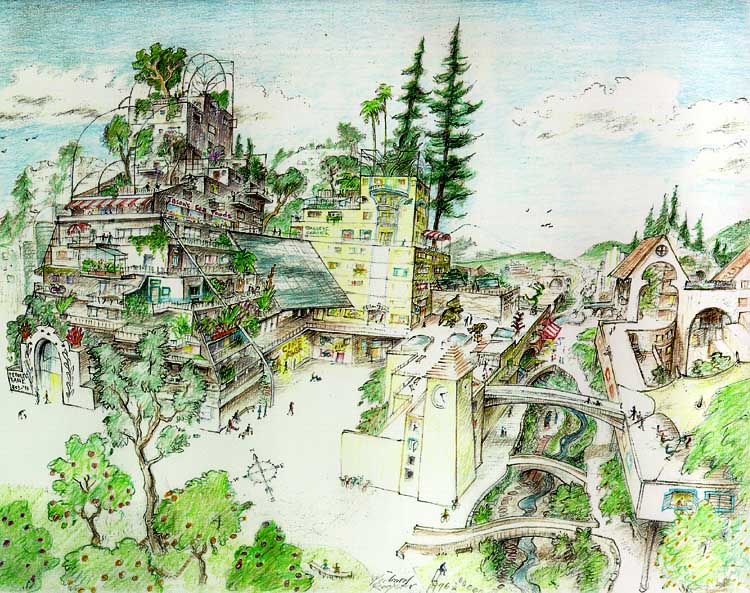In Fall 2017 the Environmental Design Library at University of California, Berkeley, created an exhibit featuring the work of Richard Register, founder of Ecocity Builders. To complement the exhibit, I worked with head librarian David Eifler to create an expanded bibliography on the topic of urban ecological design.

I began by searching keywords on OCLC WorldCat. To narrow down the high number of titles returned, I focused on print books and searched by publication date, one decade at a time. My search included work from before, during and after Register’s influence on the movement. Sometimes the descriptive information on WorldCat was helpful. At other times I used information from Google Books, Amazon, Wikipedia, and websites of ecocity organizations to learn more about the significance of each title and author, as well as to scan samples of the texts. I added relevant titles to a collection on Zotero, allowing Mr. Eifler to review my work and offer guidance. Mr. Eifler also provided me with photographs he had taken of Richard Register’s bookshelves, which allowed me to research influences on the ecocity movement beyond what appeared in my keyword searches.

After locating hundreds of relevant titles and working with Mr. Eifler to narrow them down to the most significant, the next challenge was to develop subject headings under which to organize them. At the Environmental Design Library, I reviewed a sampling of books from the list, reading the tables of contents to gain an understanding of what thinkers in the field were identifying as major themes. I began with the following list:
– Bioregionalism
– Greening the Urban Environment
– Housing and Living Environments
– Process and Participation
– Social and Cultural Dynamics
– Sustainable Economy
– Theoretical and Philosophical Aspects
– Transportation and Mobility
As I began sorting the titles under these headings, I discovered that some of them were too narrow to be useful while others were too broad, causing overlap and a lack of clarity. As I sorted and resorted the titles, I combined, renamed and eliminated categories as needed, ultimately creating this revised list:
– Bioregionalism
– Buildings and Living Environments
– Communities and Urban Environments
– Process, Policy and Participation
– Social, Cultural and Philosophical Aspects
– Transportation and Mobility
The final bibliography contains one hundred titles providing researchers with fifty years of thinking on the topic of ecological design. The Ecocity Bibliography can be viewed on the U.C. Berkeley Environmental Design Libary’s website: http://guides.lib.berkeley.edu/ld.php?content_id=41877666
